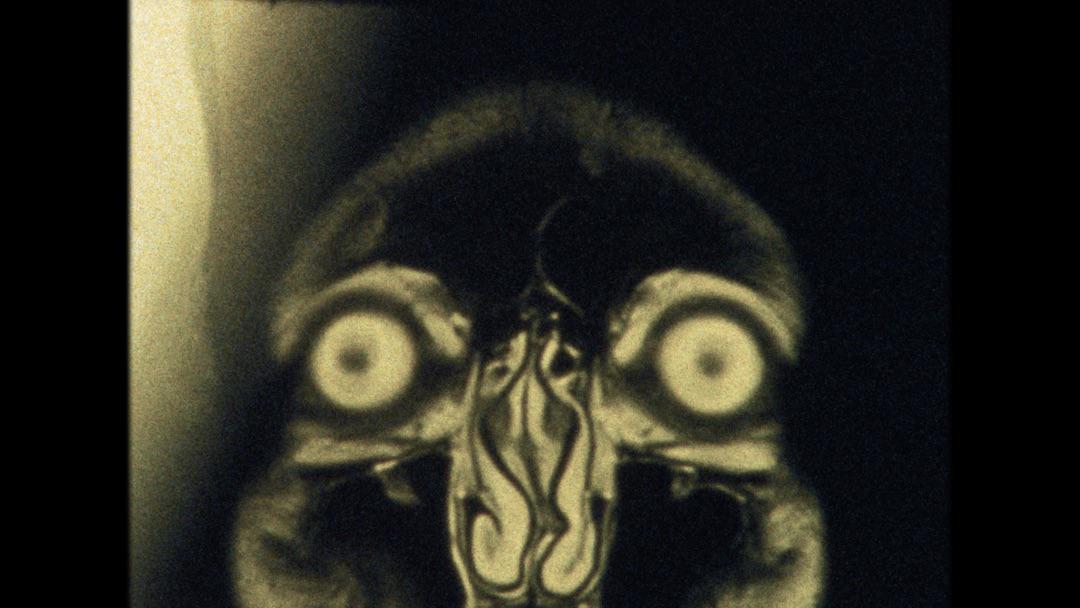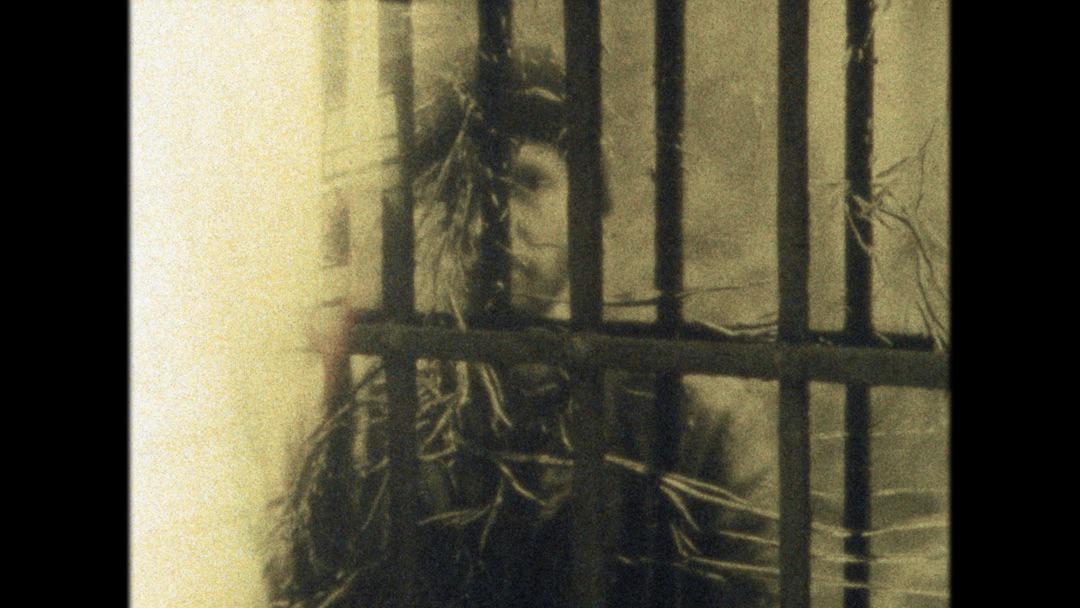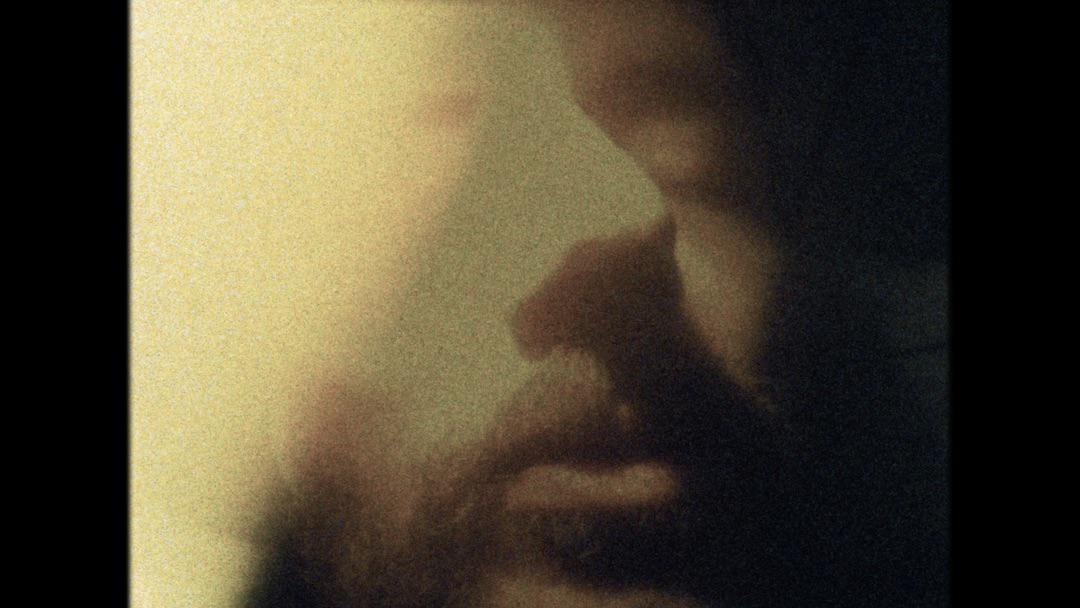Fade to death
Animated black and white skull and brain scans, various color portraits of a man's face, images of idle industrial plants, thoracic x-rays, wild abstract drawings and many more motifs scramble at a staccato pace across the screen. It is only on occasion that the single frame montage is interrupted by extremely brief film sequences.
All the footage stems from versatile artist Mario Sefelin, who literally and figuratively grants us a glimpse into his head. He shows both images of his body's insides – such as x-rays – as well as pictures he produced himself – like his drawings, and the photographs of abandoned places. In classic avant-garde manner, Sefelin presents what he shot over the course of two years on one single roll of Super 8 film, without subsequent editing or any form of post-production manipulation. While the artist is active among other things as a musician, he left the film entirely silent.
Work began on Fade to death when the filmmaker had to go to hospital for a 6-month Ketamine treatment. Ketamine is a "dissociative psychotropic substance" applied in medicine as a narcotic and anti-depressant. As "pseudo-hallucinations" number among its many side effects, it also enjoys worldwide use as an intoxicant. Fade to death is a speedy, hallucinatory trip as well as a very personal, unabashed and (self-) pitiless document of suffered anamnesis. Sefelin himself describes this impressive and often brutally revealing portrayal of himself during a heavy psychological crisis as, " a fanatical search for the root problem." (Norbert Pfaffenbichler)
Translation: Eve Heller
Fade to death
2017 - 2020
Austria
3 min



